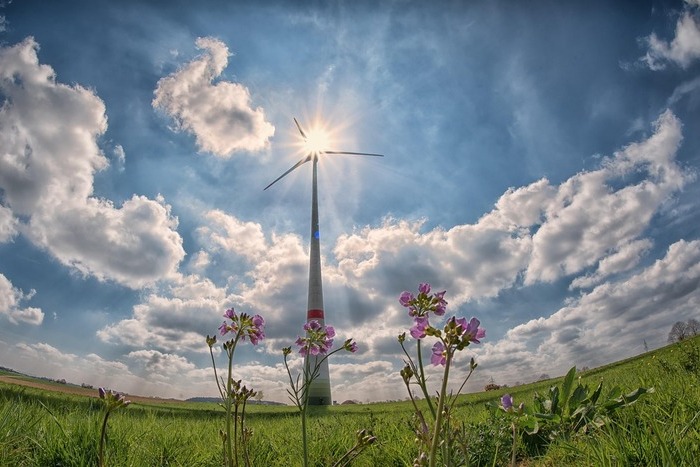Policymakers now face the task of converting capacity into consistent renewable supply
India has hit a major clean energy target five years ahead of schedule with half of the nation’s total power capacity now coming from non-fossil fuel sources. According to the Ministry of New and Renewable Energy, out of 484.8GW of total installed capacity, 242.8GW is now based on non-fossil fuel sources, including renewables, large hydro and nuclear.
What’s in the mix?
The country’s installed capacity includes 49.92% of thermal capacity, 1.81% of nuclear and 48.27% of renewable energy, including large hydropower as of June 30, 2025, said the ministry in the statement.
India’s clean energy shift was backed by targeted schemes, including the PM-KUSUM, the PM Surya Ghar: Muft Bijli Yojana, the National Wind Solar Hybrid Policy and large-scale solar parks development, said the ministry.
Capacity versus generation
While India has clearly ramped up capacity, generation tells a different story.
Between April 2024 and May 2025, renewable energy electricity generation, excluding large hydropower, accounted for just 16.6% of total energy supply, according to the central electricity authority. This gap between installed capacity and actual supply highlights a key challenge in transitioning away from fossil fuels.
“Fossil fuels generate 70% to 80% of their capacity, while wind and solar generate 20% to 25%. The difference between power generated from conventional sources is three times that of renewable sources, and making our fossil fuels flexible still remains a challenge,” says Sushil Kumar Soonee, former advisor of Power System Operation Corporations. Fuel flexibility refers to how easily an energy system that uses fossil fuels can adapt to fluctuations in supply and demand of renewable energy sources.
Availability of renewable energy sources like solar and wind fluctuates due to the weather conditions and time of the day and currently India lacks large-scale storage solutions for 24/7 energy supply.
India’s broader climate trajectory
Despite missing its 2022 renewable target of 175 GW, India has picked up pace by ramping up solar and wind additions. It is one of the few G20 countries on track to meet its commitments under the Nationally Determined Contributions (NDCs). And its per capita emissions remain among the lowest in the world, roughly one-third of the global average.
About The Author
You may also like
Renewables are Cutting Down Power Prices Globally: Report
India’s PLI Drives Growth in Solar Manufacturing Sector: Report
Global coal demand growth rate slows down as China shifts to renewable energy: Report
India to Expand Coal Power Capacity Until 2047 to Ensure Grid Stability and Energy Security
Rise in Fossil Fuel Burning is Making Floods Lethal in Asia

